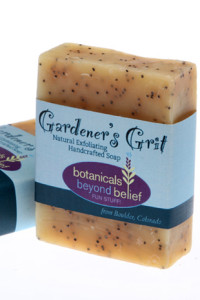Psychic Predictions 2014
Why We Should All Grow a Garden This Year
by Sandy Swegel
From my early morning dreams: Psychics around the world predict a new rise in human global consciousness this year. In all  corners of the globe, human beings awake this year and realize the true path to enlightenment is eating good nutritious food especially leafy greens and root vegetables. Millions set up garden sacred spaces in their back yard to grow their own fresh, local healthy food. In progressive states like Colorado, the new leaf available for sale on every street corner is kale.
corners of the globe, human beings awake this year and realize the true path to enlightenment is eating good nutritious food especially leafy greens and root vegetables. Millions set up garden sacred spaces in their back yard to grow their own fresh, local healthy food. In progressive states like Colorado, the new leaf available for sale on every street corner is kale.
Children born this year will be precocious and wise beyond their years. Unlike the indigos, these “green” children are born knowing to avoid processed foods and wail and throw tantrums when force-fed orange macaroni or dried up Cheerios.
It may be a year of turmoil as hundreds of thousands gather in protests, strikes and boycotts of local governments threatening to occupy the streets until schools and hospitals and shopping malls provide truly healthy lunches. The earth joins in the protests and sends tornadoes around the world sucking up factories that make the pesticides that poison our farms. New earthquake faults form under any land that has been forced into mono-cropping. Hurricanes wipe out buildings and urban sprawl in tropical areas leaving only edible native vegetation and fruit trees.
On the celebrity front, new reality shows about farmers and foragers are in demand. The new Dynasty is led by dads who stand up for values of clean food and air and who know how to grow a mean tomato. The Real Housewives are moms tending backyard chickens and looking sexy carrying in armloads of fresh vegetables with just a smudge of dirt above their brow.
What a year it can be! So when you’re sitting this winter day dreamily looking at the shiny seed catalogs, follow your inner wisdom and grow a splendid vegetable garden this year. It’s a wiser kinder world calling you.


